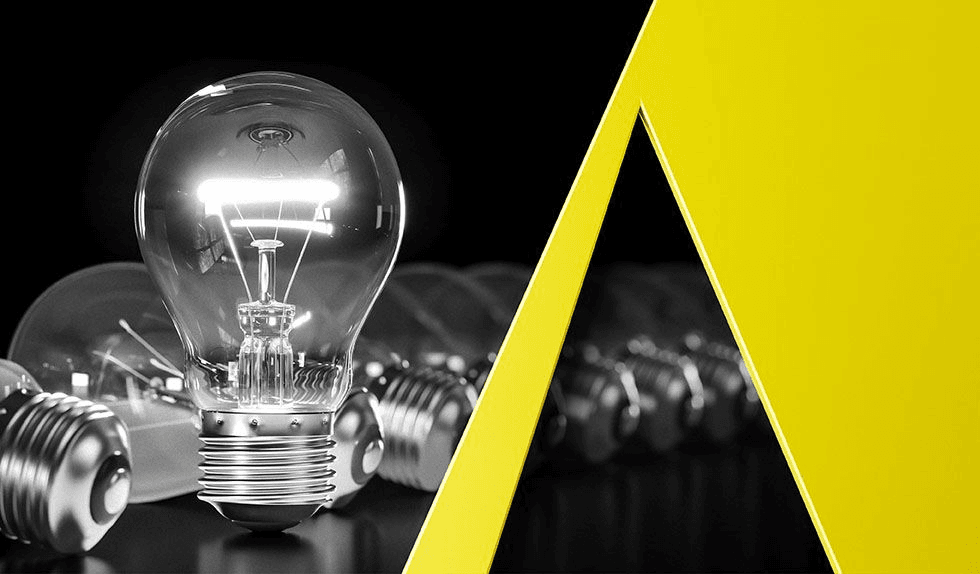In Nature Simulations Systems, Inc. v. Autodesk, Inc., the patent owner asserted two patents related to methods for building 3-D models. The district court held both patents invalid, finding that multiple claim terms raised “unanswered questions” that render the claims indefinite. The district court further rejected the patent owner’s argument that the specification answers those questions. According to the district court, any questions must be answered by the language of the claims themselves, and a failure to do so renders the claims indefinite as a matter of law.
In a 2-1 decision, the Federal Circuit reversed, holding that the district court’s “unanswered questions” analysis was improper. “Claim language, standing alone” is not the correct legal standard. Patent claims must be read and understood in light of the specification, the prosecution history, and other relevant evidence bearing on how a skilled artisan would understand the scope of the invention. Thus, the district court erred by narrowly focusing only on the claim language and by refusing to consider either the patent specification or the prosecution history.
Having clarified the appropriate legal standard, the majority then reviewed the specification and prosecution history and found the patent claims not indefinite. It identified portions of the patent specification describing the claimed method and noted that it was “not disputed that the specification describes and enables practice of the claimed method.” The majority further noted that the claim language in question was added by the Examiner during prosecution, not the patentee. In light of this fact, the majority deferred to the Examiner’s choice of claim language, quoting an earlier Federal Circuit decision reasoning that “[w]e presume that an examiner would not introduce an indefinite term into a claim when he/she chooses to amend the claim for the very purpose of putting the application in a condition for allowance.”
Judge Dyk dissented, arguing that the majority gave too much deference to the claim language added by the Examiner. According to Judge Dyk, the claim language included limitations that were not described or defined in the patent specification. And the only evidence about the meaning of the terms came from the defendant’s expert, who testified without contradiction that the additional limitations are “ambiguous,” “unclear,” and inconsistent with the patents’ figures.
Practice Tips: In any dispute over whether patent claim terms are sufficiently definite, both sides should take care to account for the prosecution history and the patent specification. Moreover, where the challenged claim language was added by the Examiner during prosecution, the accused infringer should give detailed reasons why the court should not defer to the Examiner’s choice of claim language.
Nature Simulation Sys., Inc. v. Autodesk, Inc., 2020-2257 (Fed. Cir. Jan. 27, 2022).


